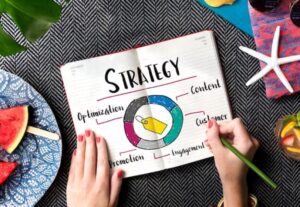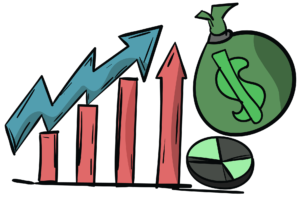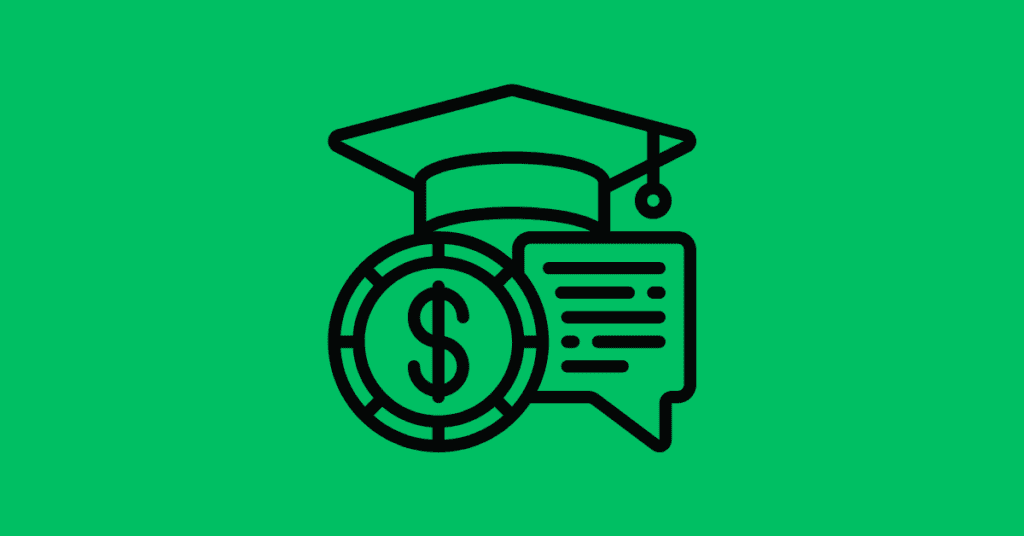
A question I hear often is, “Do you have a getting ahead program?” The short and quick answer is, “Yes, I do.” The getting ahead program I have is simple but not easy. You can do it, though, with a plan and self-discipline. Starting may be challenging, but you will gain better habits and get ahead with persistence.
You may or may not be living in poverty currently, but whether you are not isn’t the point. This article aims to help you get ahead no matter your economic class by creating and following a program. The program you will put together will include determining your financial goals, assessing your current situation, and creating a budget plan so that your future will look abundant and you will be doing more than living in a just gettin’ by the world.
The goal is to reduce expenses, increase income, pay off debt, and increase savings. You will have the tools to budget regularly, identify your fixed expenses, monitor and adjust your spending, and build your savings. Once you do the basics regularly, you crave success and wealth.
Assess Your Current Financial Situation
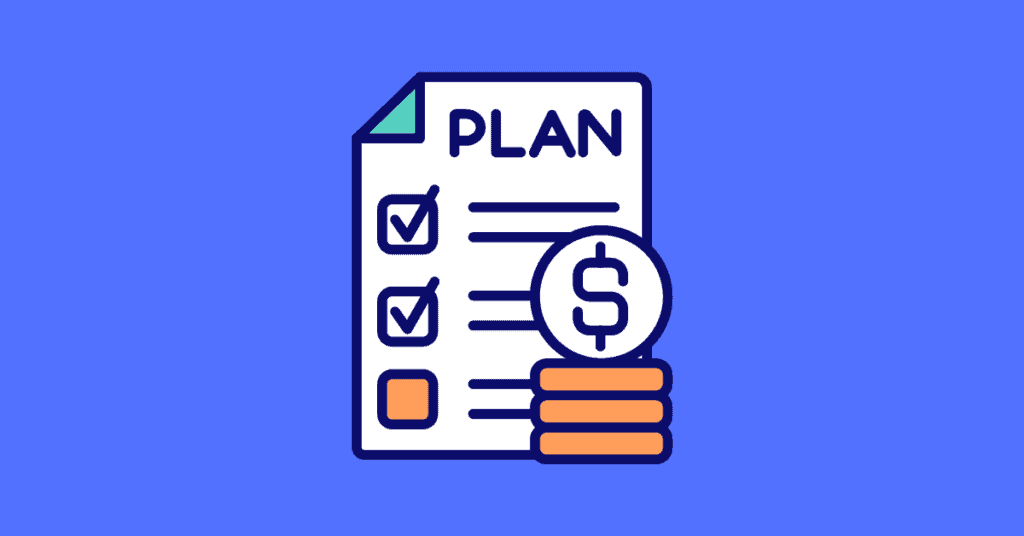
To figure out where you currently stand financially, you’ll want to look at your current:
Income
How much money you have coming in each month
Fixed Expenses
These expenses don’t change, such as your mortgage or rent, car payment, auto insurance, child support, utility bills, health insurance, etc.
Variable Expenses
You
incur these monthly expenses, but you have control over the expenses. This includesgroceries, subsidies, entertainment, transportation, and services.
Debts
How much money do you owe and to whom, and what is the monthly payment and the interest rate?
Assets
These are things you own that have value, such as gold coins, cash in the bank, stocks and bonds, etc.
Make a list of the above categories, and whatever you have left over is your cash flow or what resources you have available to save or invest. Having cash flow will ensure you are staying ahead.
Determine Your Financial Goals
Now that you know the components of your financial statement, you can set goals for what you would like each one to look like.
Good questions to ask yourself are: What do I want my finances to look like a year from now? What types of things do you want to be able to buy? What vacations would you like to take? Do you wish to pay off debt and start to save money? Would you like self-sufficiency? How much money do you need for retirement?
Write down everything you can think of and organize them into each category.
Introduction to Your Financial Statement: This is the Getting Ahead Program
I prefer to use a financial statement because it has extra details for doing more than just building a budget. A financial statement includes income, living expenses, assets, liabilities, and cash flow. Cash flow is what you need to build wealth, and that’s what this program is supposed to help with.
To have a solid personal financial statement, you want to reduce expenses, pay off debt, build an emergency fund, and increase your income, assets, and cash flow. At the bottom of this post is a tool for you to use. This is the financial statement I created and used to track my progress.
Reduce Expenses
Reducing expenses will increase your cash flow. Evaluate the budget of your current situation and narrow down a handful of things you can cut back on. You may be able to eliminate some things, such as unnecessary subscriptions or services you don’t use often enough to justify the cost.
You may also want to reduce purchasing high-dollar items instead of generic brands, decrease subscriptions, eat out less, and spend less on bars and alcohol. Now that you have a budget, you may be surprised at how much you spend on excess things that don’t benefit you in any way.
Pay Off Debt
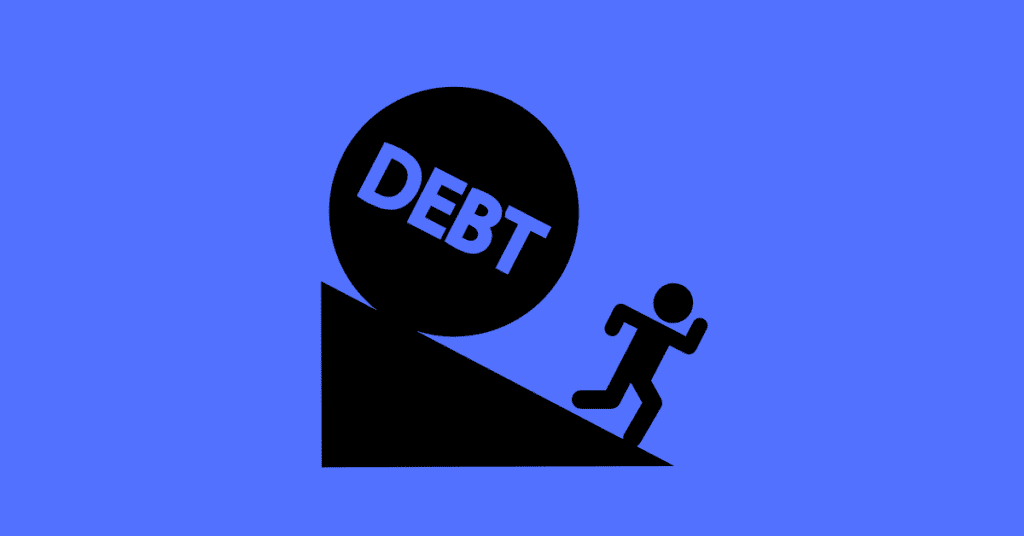
Debt is probably the primary way never to get ahead. If you have running balances on your credit cards, you pay interest on those. Look at your statements and see how much you pay in interest each month. You may be shocked. It’s not uncommon to spend hundreds of dollars monthly on interest payments.
Start by picking the highest-interest debt and putting additional money toward it monthly from what you saved, cutting back on some expenses. Even if it’s only $25, that’s better than nothing. Pay extra on that high-interest debt until it’s fully paid off, increasing the additional amount as often as possible.
Once that debt is paid off, you will want to take what you were paying and put it toward the next highest-interest debt. Keep doing this until it’s all paid off. Doing it this way is a snowball effect, meaning it grows bigger and bigger and gets more momentum. Your debt can be paid off quickly this way compared to paying minimum payments on everything for years.
Increase Income
There are several ways to do this, including asking for a raise, seeking higher-paying job opportunities, starting a side business, doing freelance work, or investing in assets that generate passive income. It’s essential to be proactive and take action to increase your earning potential, whether that means developing new skills, networking with others in your field, or exploring alternative income streams. Additionally, avoiding lifestyle inflation and resisting the urge to spend more as your income increases is essential. Instead, focus on paying down debt, saving, or investing the extra income to continue building wealth and achieving financial goals. By combining both strategies of reducing expenses and increasing income, you can create a solid financial foundation and set yourself up for long-term success.
Build an Emergency Fund for the Getting Ahead program.
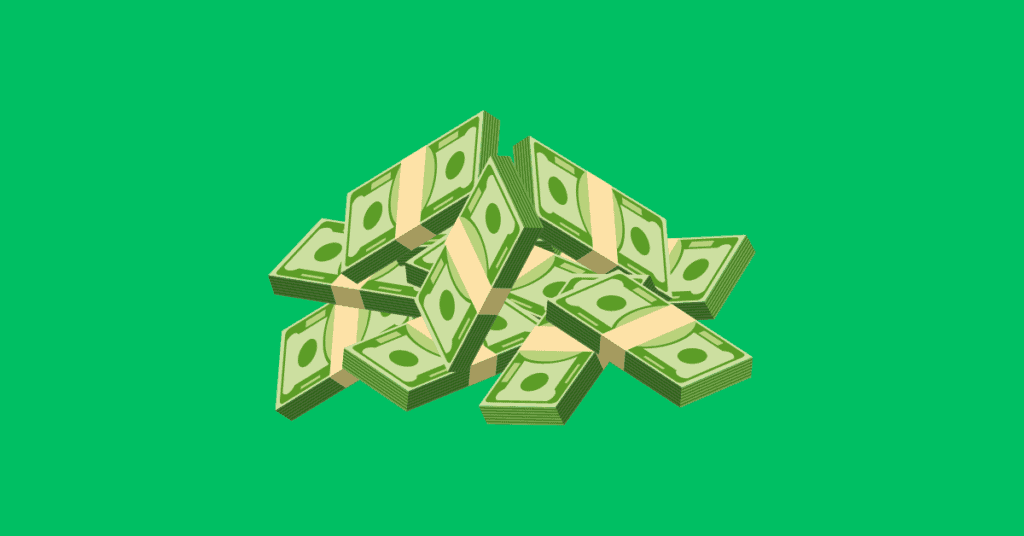
This savings account is set aside for unexpected expenses like medical bills, car repairs, or job loss. Most people have less than $500 set aside for emergencies like these. It’s essential to have enough money to cover several months of living expenses in case something unexpected comes up. It may be helpful to automate your savings by setting up automatic transfers to your emergency fund each month until it reaches your goal amount. Having this will help you keep your debt low by not using credit cards for these expenses.
Getting Ahead Program Conclusion
Now that you have the tools I use in my program to get ahead, you can begin your journey to financial freedom. Starting is the first step, and consistency is critical. Small progress will result in significant changes over time. Monitor your progress monthly by filling out your financial statement and reviewing it at the end of each month. This will help you to stay accountable and aware of your spending habits.
Good luck!



